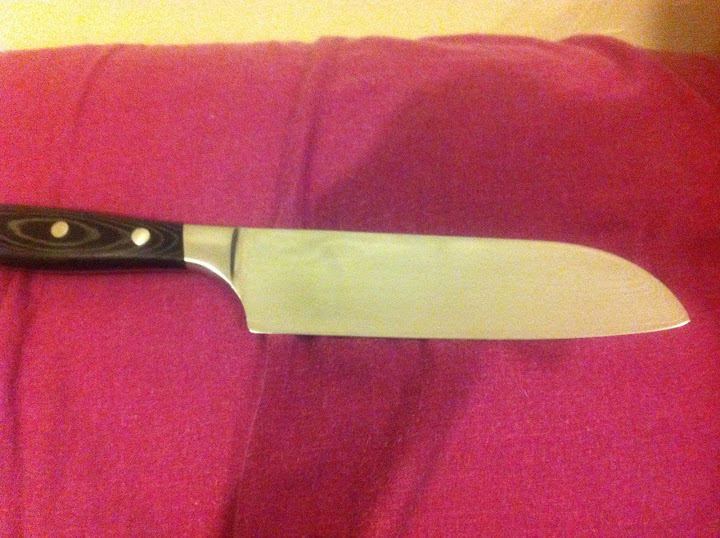- Joined
- Dec 20, 2011
- Messages
- 3
Is this a fake damascus?
I have just bought one from Tsuki Knife but the layers of steels are too fade , those pattern in front of the handle, the blade itself is not too sharp and the laminated layers are too smooth that you cant feel the difference when you move your thumb across.
what do you guys think?
Please help.




I have just bought one from Tsuki Knife but the layers of steels are too fade , those pattern in front of the handle, the blade itself is not too sharp and the laminated layers are too smooth that you cant feel the difference when you move your thumb across.
what do you guys think?
Please help.

